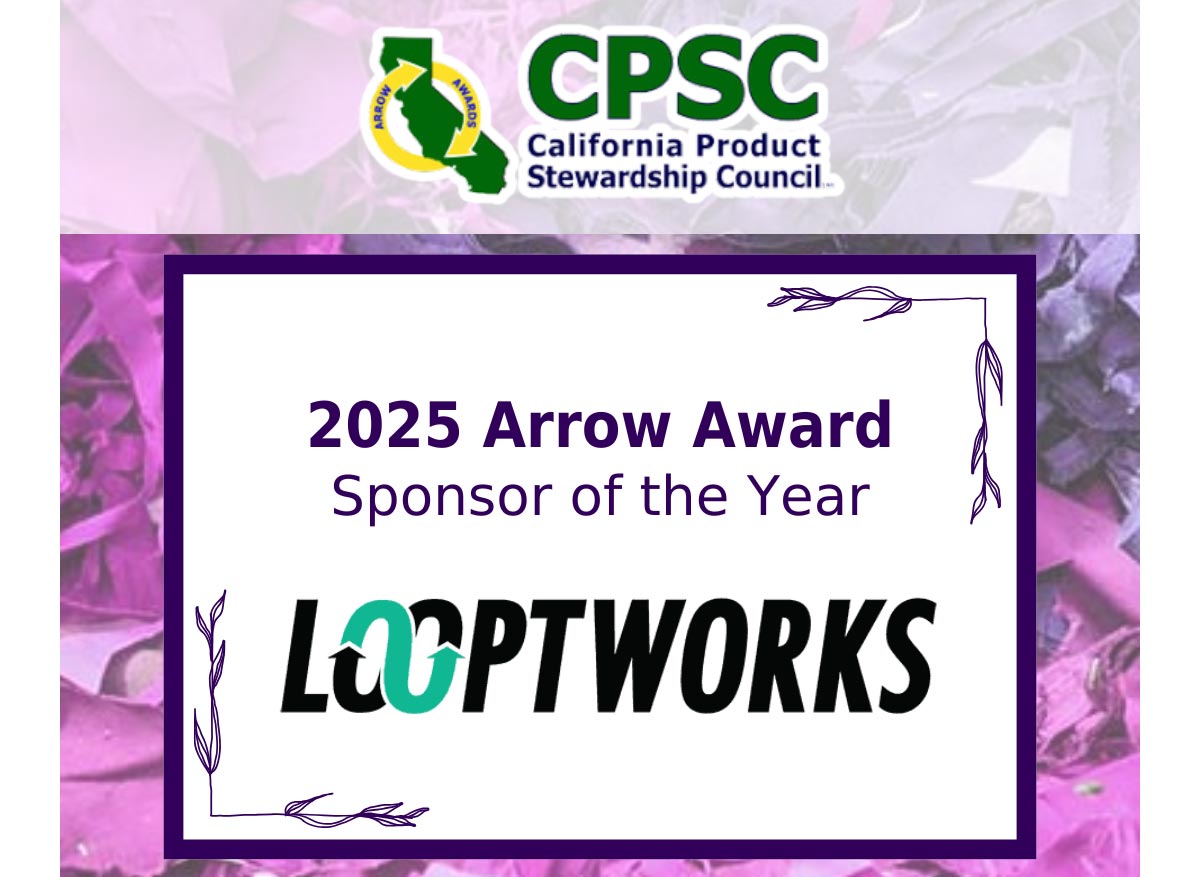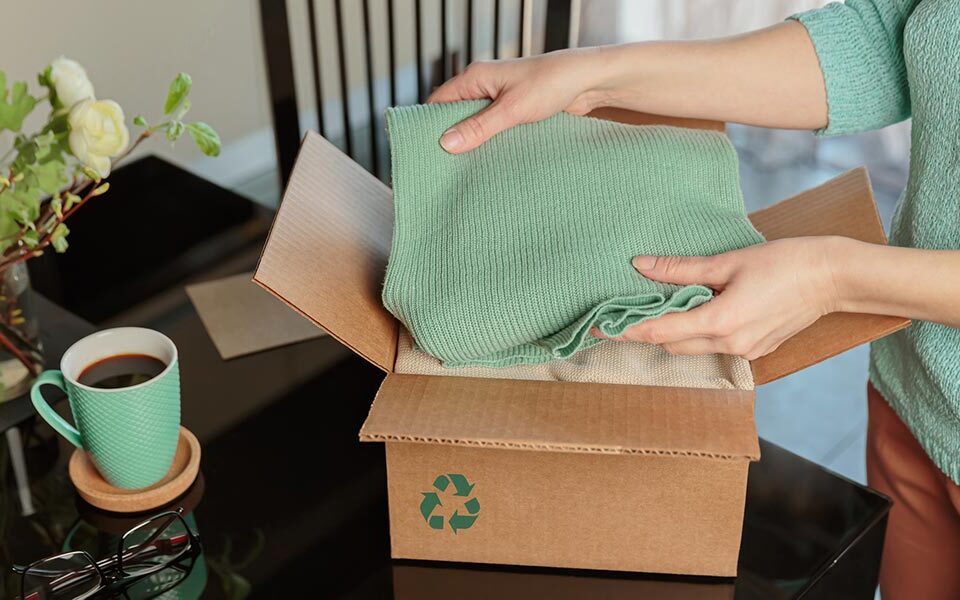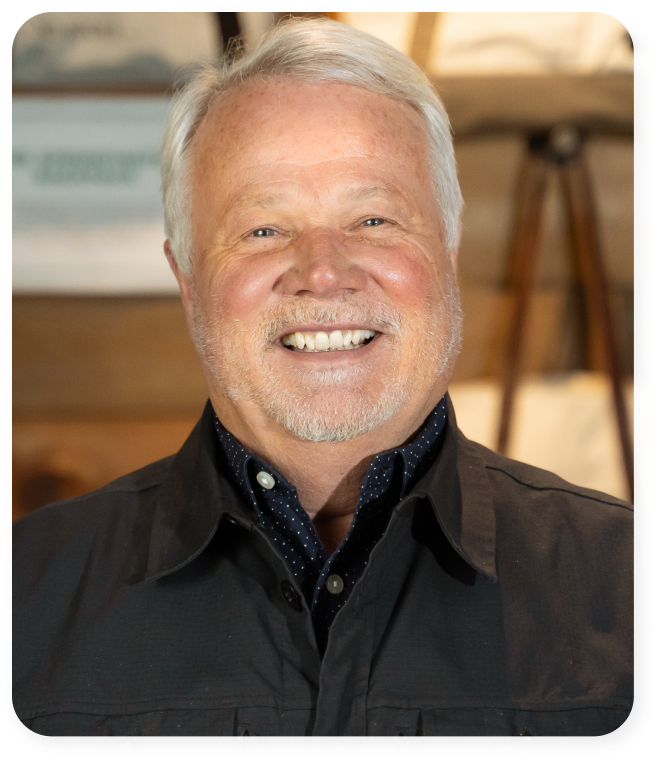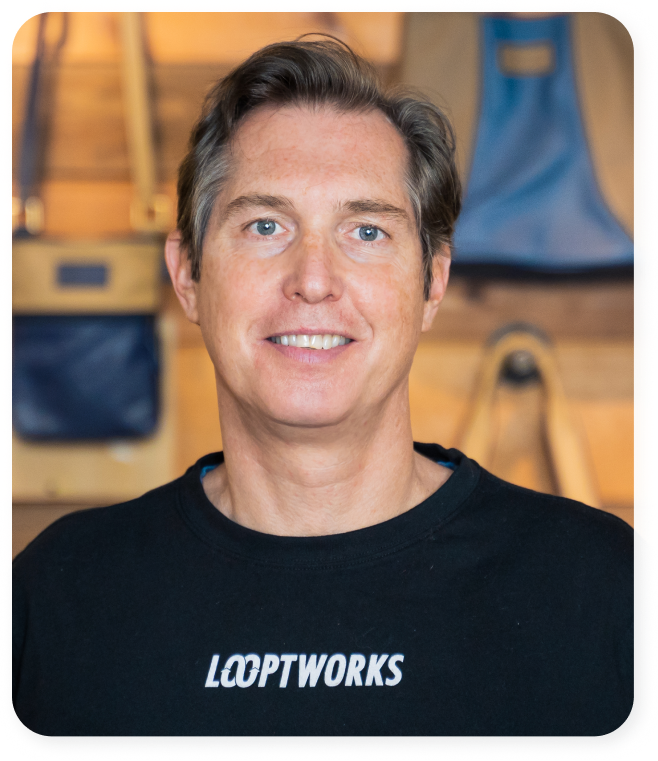

5 Overlooked Benefits of Textile Recycling
You’re likely familiar with all the ways that textile recycling helps take pressure off our planet, such as reducing greenhouse gas emissions, conserving water, and keeping physical waste out of landfills. Still, many benefits of textile recycling go beyond environmental impact.
If you’re an apparel brand, municipality, cut and sew manufacturer, or you work in a textile-heavy industry like hospitality or medicine, read on to learn about some of the often overlooked economic and social benefits of recycling your organization’s excess textiles.
In recent years, geopolitical and economic uncertainties have highlighted the vulnerabilities in linear supply chains that rely on raw materials and underscored the need for supply chains that are more resilient in the face of resource scarcity and market fluctuations.
A circular supply chain, where materials are recycled and reused in a particular product, fits the bill. Disconnecting operations from natural resources improves material security and reduces exposure to price volatility, according to the Ellen MacArthur Foundation.
Brands that have been successful in making the shift from a linear to a circular supply chain share some common traits, according to Harvard Business Review. For one, they’ve been able to unlock and share enough value from recycling so that each participant in the supply chain benefits and chooses to participate. Successful organizations are also designing apparel with circularity in mind, integrating simple fabrics, as opposed to blends of synthetic and man-made materials, and features that make clothing items easy to deconstruct.
Textile recycling facilities create sorting and processing jobs and may offer economic benefits in regions with high unemployment rates or where the textile industry has declined, according to the Secondary Materials and Recycled Textiles Association (SMART).
SMART represents approximately 150 member companies dedicated to reusing and recycling pre- and post-consumer textiles. Most are family-owned businesses and collectively they offer meaningful jobs to more than 20,000 people in the United States.
According to a study from the international environmental alliance GAIA, recycling creates around 70 times as many jobs as landfills and incinerators. Cities around the world that invest in zero-waste programs and policies can create thousands of green jobs in addition to reducing pollution and improving community health. Researchers project that if London were to recycle or compost 80% of the recyclable and organic material in its waste stream, the city could create around 5,000 new jobs.
Even textile collection bins in local communities present franchise opportunities for entrepreneurs and non-profit organizations interested in building new revenue streams while having a positive impact on the planet.
Textile recycling can help apparel brands generate new revenue streams through the sale of recycled materials or repurposed products. Fiber–to–fiber recycling can be used to produce new clothing, while downcycling can be used to turn excess textiles into insulation, carpeting, and other materials.
A McKinsey analysis estimates that once Europe’s textile recycling industry matures, it could produce at least €1.5 billion ($1.6 billion) in profits by 2030. The United States can follow suit by scaling textile collection efforts to provide sufficient feedstock for fiber-to-fiber recycling and encouraging collaboration among business leaders, investors, and public institutions.
Luxury brands are often hesitant to send their unsold items to outlets or discount stores, worried that these actions will dilute their exclusivity and brand value. What’s more, items sent to discount stores often end up in landfills.
Designer brands often end up destroying unsold or returned items via incineration, which comes with its own set of environmental impacts. Now, with brands like Coach and Burberry experiencing backlash for these practices, high-end apparel companies are becoming more receptive to circular systems.
In addition to the obvious solution—fixing overproduction—some luxury brands are exploring trade-in, resale, repair, and recycling programs to reinvigorate their brand integrity and build goodwill with consumers who have been shocked to learn what happens with unsold and damaged merchandise behind the scenes.
Brands can use their websites, social media channels, and in-store experiences to share information about the journey that a garment made with recycled materials has been on, helping the consumer see its value and understand its price point. Storytelling may speak directly to consumers’ concerns: McKinsey’s survey revealed that sustainability-seekers care most about lowering GHG emissions, protecting animals, and using renewable energy.
A strong circularity story may also be appealing to investors interested in sustainable brands. Storytelling is an opportunity for brands to exercise transparency, speaking notonly about the recycled cotton in a pair of jeans, for example, but also sharing details about the entire manufacturing process and the social, economic, and environmental impact they’re making along the way.
Inspired to take the next step toward textile circularity?
Connect with Looptworks to discuss how our textile recycling services can bring unique economic, environmental, and social benefits to your business.
We’d love to hear from you!


Denine has over 20 years of experience driving new business opportunities for leading companies, including E.I. DuPont de Nemours & Company, Inc., The Dow Chemical Company, Outlast Technologies, and DST Systems. She holds a BS from the University of Pittsburgh and a Certification in Executive Management from the Kenan-Flagler School of Business at the University of North Carolina at Chapel Hill.

Tami is a senior accounting leader with over 16 years of experience in the manufacturing and textile industry. Her specialties include process development and implementation, mergers and acquisitions, job and project costing and analysis, and managing complex teams and technical projects. Tami has served as Chief Financial Officer and Controller for a variety of innovative companies, where her analytical skills and strategic mindset helped organizations create efficiencies in their financial systems.

Kelley is a passionate and strategically minded business development leader with more than two decades of experience in the sporting goods apparel industry. He has experience in product construction, league partnerships, retail relationships, supply chain management, sustainability, circularity, and carbon footprint management. Kelley builds successful partnerships by putting the customer first while simultaneously advancing his organization’s business objectives.

Suzy is a product leader and operations expert with more than 25 years of experience in the textile industry. She is passionate about finding creative solutions to complex problems and motivating people to action through vision, strategy, collaboration, and communication. Suzy has proven expertise in product development, sustainability, marketing, supply chains, and innovating processes and best practices to drive results.

Scott is a visionary leader with more than 32 years of experience in strategic branding, innovative product creation, supply chain sustainability, and sales and marketing for global organizations. He founded Looptworks in 2009 as an industry solution for turning excess materials into upcycled consumer products. In 2022, Scott transitioned the company to a B2B business model focused on eliminating global textile waste through closed-loop solutions.

Scott is a visionary leader with more than 32 years of experience in strategic branding, innovative product creation, supply chain sustainability, and sales and marketing for global organizations. He founded Looptworks in 2009 as an industry solution for turning excess materials into upcycled consumer products. In 2022, Scott transitioned the company to a B2B business model focused on eliminating global textile waste through closed-loop solutions.